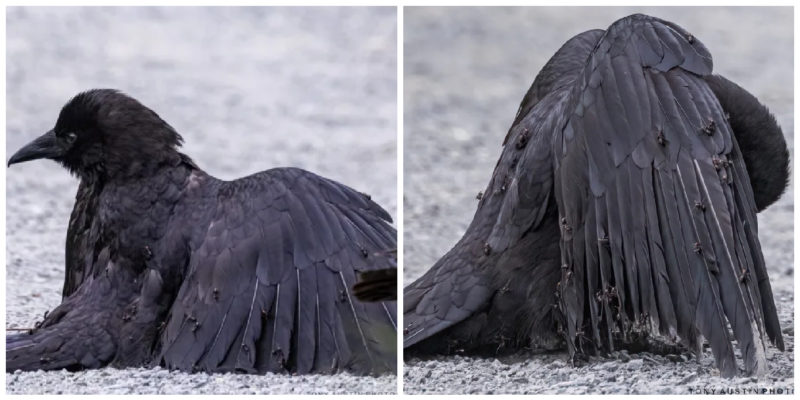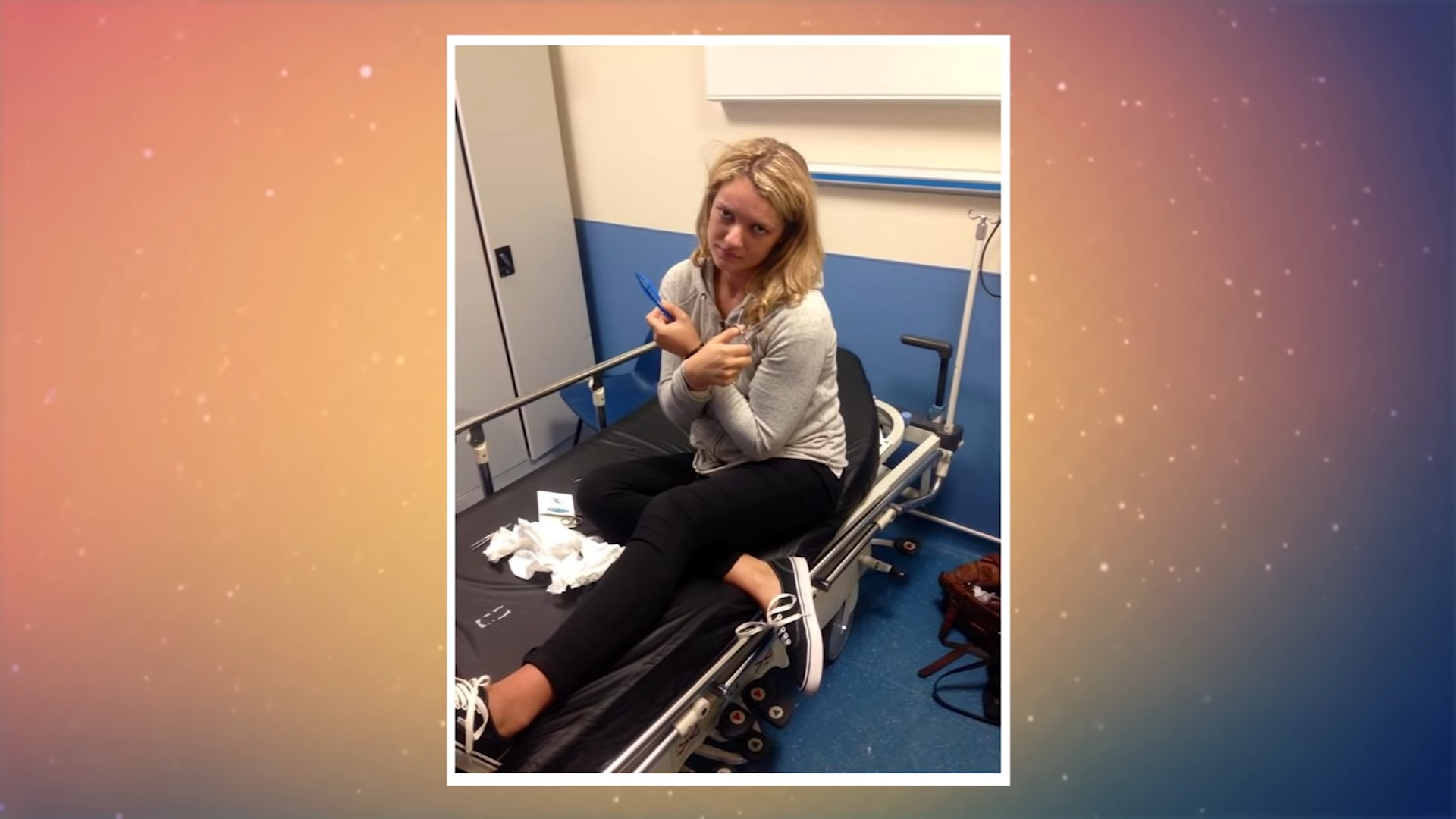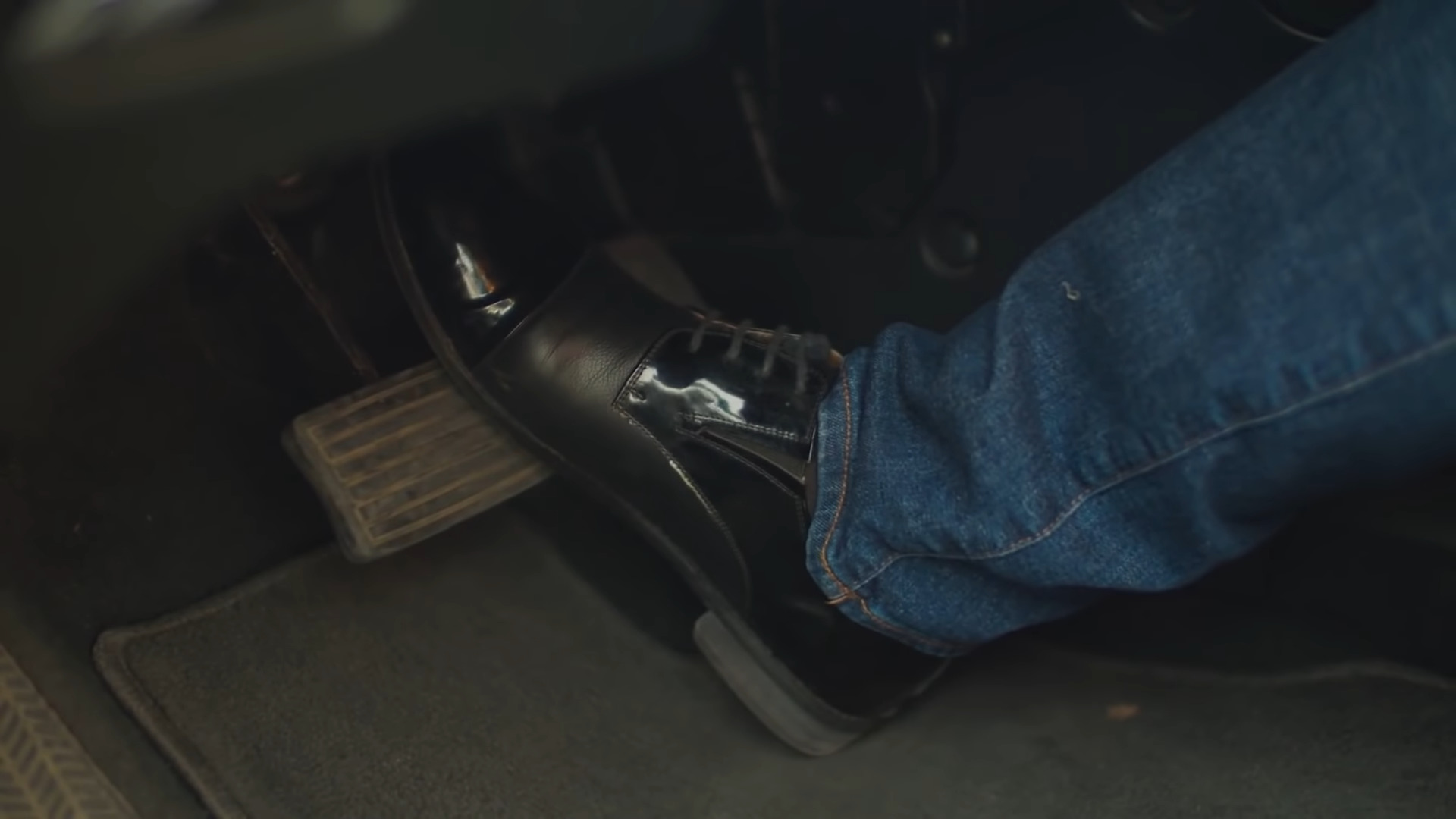Canadian photographer Tony Austin accidentally documented a rare crow behavior known as “anting”. However, he found out about it when his photographs flew around the world. 
In the famous footage, the crow sits on the gravel, and dozens of ants have taken over its body. This behavior was first recorded in turkeys back in the 1830s. Tony was in Victoria’s Swan Lake Nature Reserve that day when a murder of crows landed near him. One bird looked like it was taking a dusty bath. However, there was something unusual about her behavior – she lowered her wings on the gravel and acted somewhat crazy. 
“The crow jumped into the air, and then landed back on the dirt path. His behavior seemed strange to me. I thought maybe he was in trouble, however, none of the other crows seemed bothered, and after a minute or two they all flew and landed in some trees,” says the photographer. Austin crouched down and took a few close-up shots. Returning home, he enlarged the image on the monitor and then noticed that ants were crawling on the crow. And when he published photos on Facebook, then he realized the extent of what he managed to document. It turned out that this phenomenon, known as “anting”, is extremely rare and mysterious to scientists. 
For the first time, this behavior was recorded in turkeys in the middle of the 19th century. Since then, experts have not known exactly why the birds behave this way. According to the National Australian Federation, a widely held theory is that birds use ants to soothe irritated skin during periods of heavy feather shedding. Another theory suggests that ants help control parasites living in the bird’s plumage. At the same time, David Bird, emeritus professor of wildlife biology at McGill University, argues that insects can also be food. However, scientists have not yet come to final conclusions. 
However, for Austin, the success of the photographs was a pleasant surprise. “I’ve been taking photographs all my life and it has always been my passion… So it’s great to be able to share this little known and even less understood behavior with so many others. I also feel great gratitude to this crow and his companions for giving me a moment that I will long remember,” he said.






